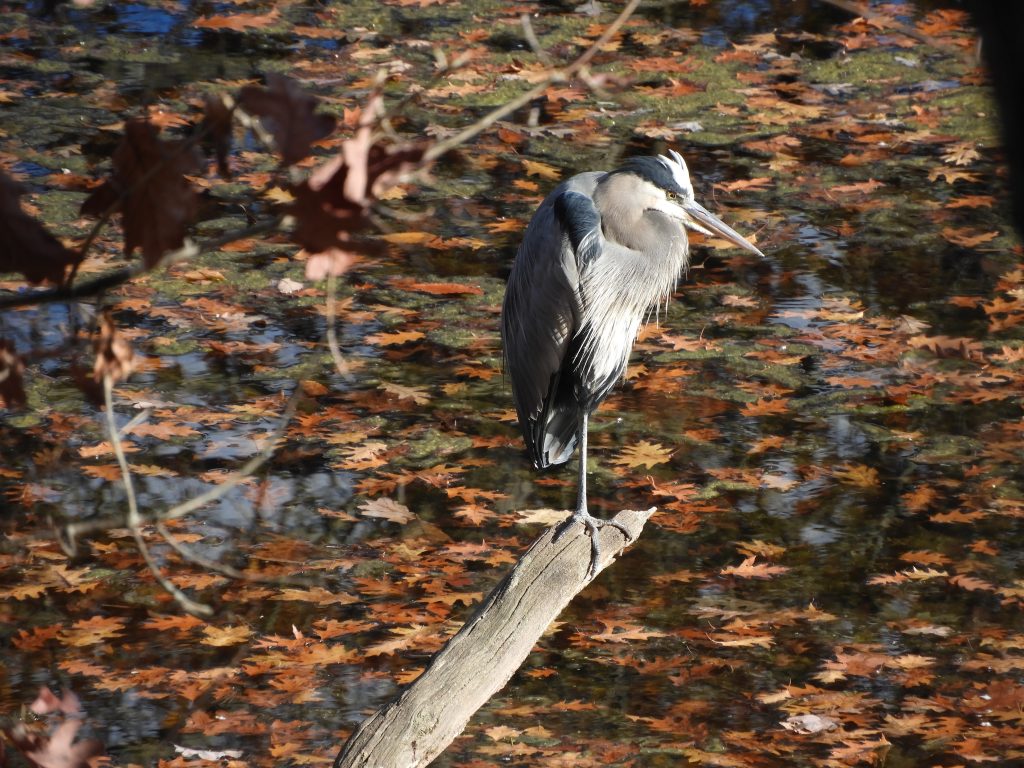 February 21. 2025 Enerau Conservancy, Narok County, Kenya. You might reasonably call me an escapee from the snows of Canada, but I prefer to view myself as a participant in a project to advance the cause of conservation. I’m in Kenya’s Maasai Mara and pretty busy helping to restore former farmland to the sort of grassland habitat needed by mammals such as Zebra, Cheetah, Lion and Elephant. We are making progress; Zebras have already taken the hint and Impalas are getting close. The next most likely early returns are Warthogs, Giraffes and Wildebeests. Birding is a small part of our work, we’re just gathering baseline information on bird species’ presence, it helps to flag and highlight changes.
February 21. 2025 Enerau Conservancy, Narok County, Kenya. You might reasonably call me an escapee from the snows of Canada, but I prefer to view myself as a participant in a project to advance the cause of conservation. I’m in Kenya’s Maasai Mara and pretty busy helping to restore former farmland to the sort of grassland habitat needed by mammals such as Zebra, Cheetah, Lion and Elephant. We are making progress; Zebras have already taken the hint and Impalas are getting close. The next most likely early returns are Warthogs, Giraffes and Wildebeests. Birding is a small part of our work, we’re just gathering baseline information on bird species’ presence, it helps to flag and highlight changes.
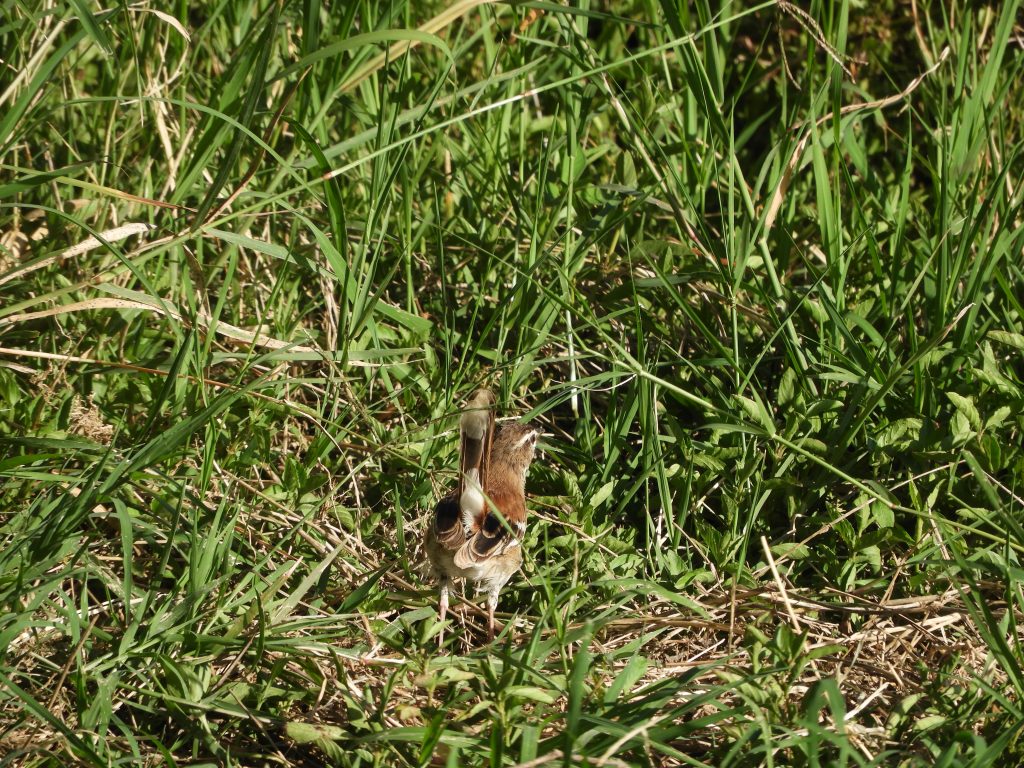
We do quite a bit of driving around, observing and counting, and every now and then we pause to enjoy the birds. Yesterday, waiting for our transport to arrive, I spotted movement in the grass and with the photo above was able to identify it as a White-browed Scrub Robin. I guess it’s a lifer for me (most African birds are) but no one else seems particularly impressed. Its almost exhaustively descriptive name caused some discussion, but what I liked about it was the busy way it foraged in the grass and kept cocking and flaring its tail.
Bird of the Day though was this Superb Starling. We of the Northern Hemisphere are so used to starlings as rather drab background birds, that to think of this as a starling seems improbable. But then common names can be rather meaningless when it comes to knowing who’s who. This splendid fellow is not a (European) Starling in the Sturna vulgaris sense but an only distantly related Lamprotornis superbus, something rather different.
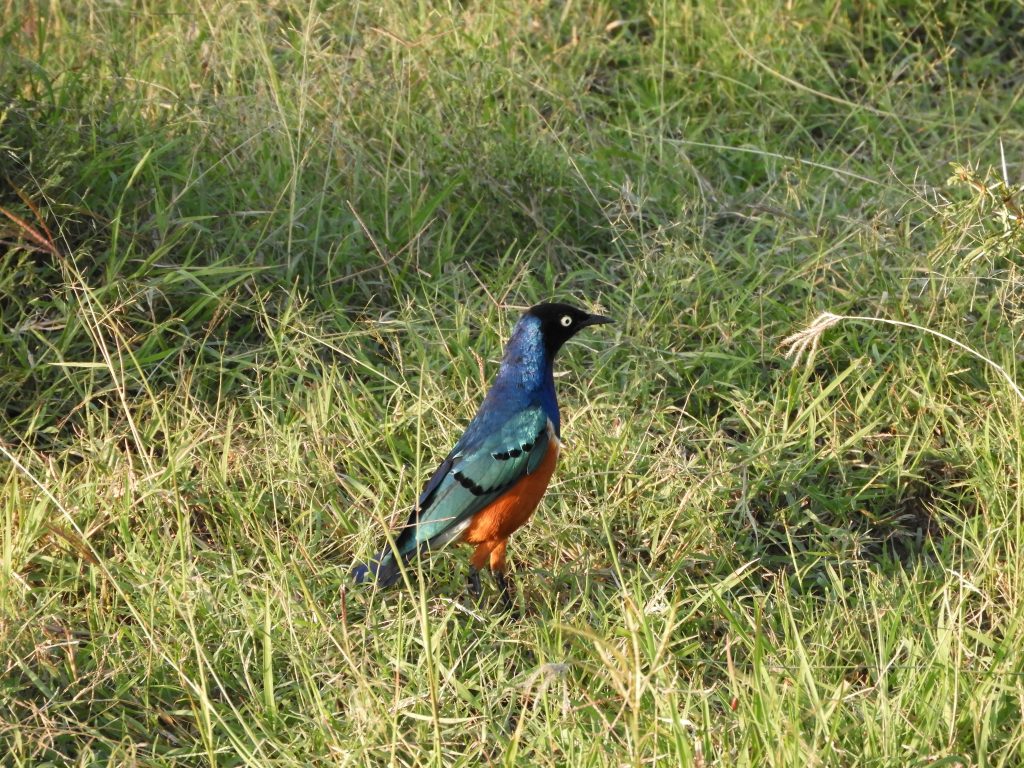
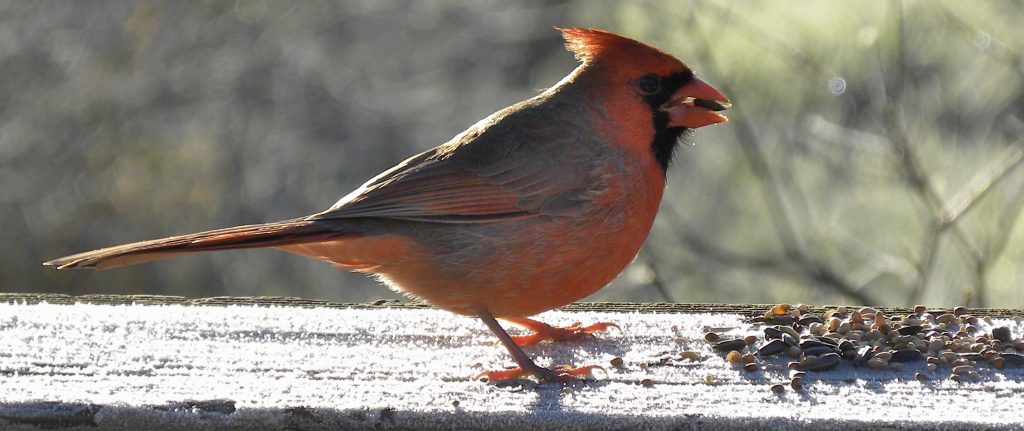 Burlington, ON. February 11 2025. We are, I think, quicker to greet the return of something lost than notice its earlier fading. This is particularly so for those of us who live where winter holds fast, and signs of spring are precious. This is mid-February, the ground is hard and snow covered and another winter storm is approaching.
Burlington, ON. February 11 2025. We are, I think, quicker to greet the return of something lost than notice its earlier fading. This is particularly so for those of us who live where winter holds fast, and signs of spring are precious. This is mid-February, the ground is hard and snow covered and another winter storm is approaching.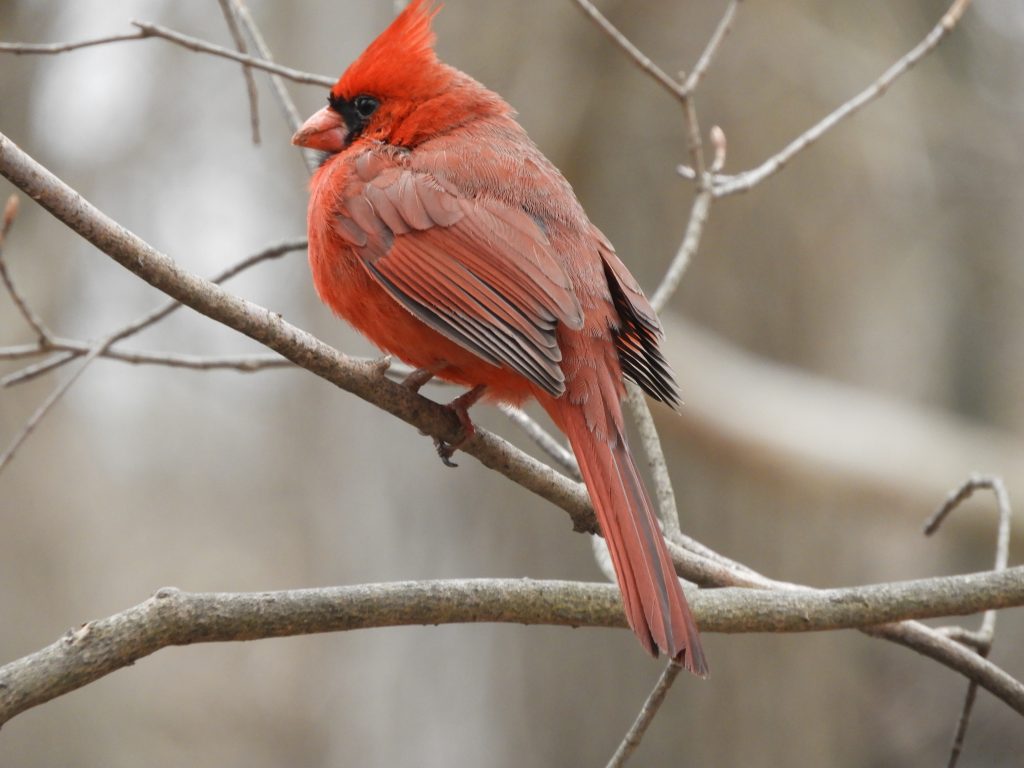
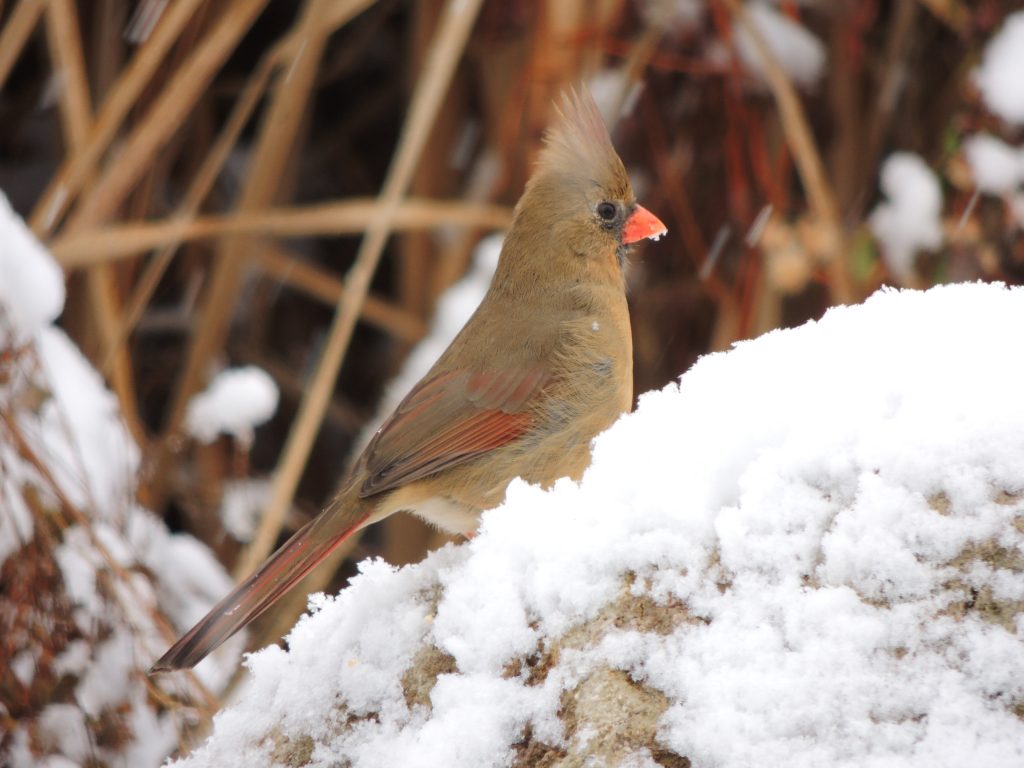
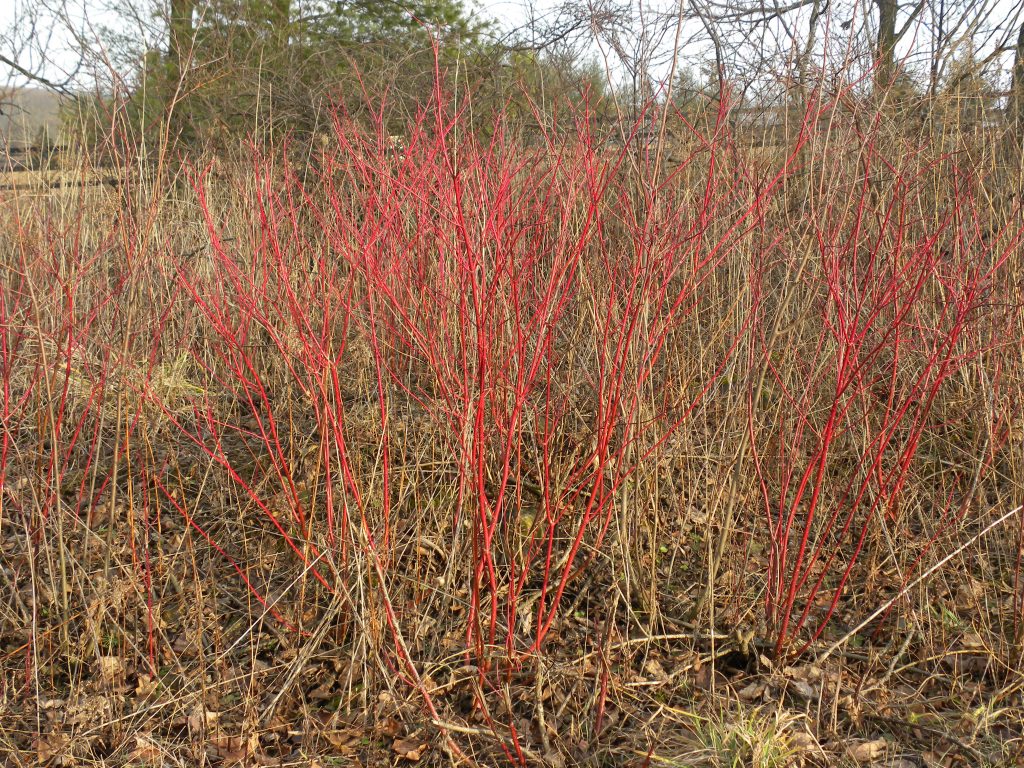
 Ruthven Park, Cayuga, ON. January 10 2025. It takes some persuading to get me outdoors for long in mid-January. It is a bleak and snow dusted countryside largely empty of birds. If I really put my mind to it, I’m sure I could find some Dark-eyed Juncos, American Tree Sparrows, Blue Jays, American Robins and, with a bit of effort, maybe Short-eared Owls and Rough-legged Hawk. A task for a day with a bit more light perhaps.
Ruthven Park, Cayuga, ON. January 10 2025. It takes some persuading to get me outdoors for long in mid-January. It is a bleak and snow dusted countryside largely empty of birds. If I really put my mind to it, I’m sure I could find some Dark-eyed Juncos, American Tree Sparrows, Blue Jays, American Robins and, with a bit of effort, maybe Short-eared Owls and Rough-legged Hawk. A task for a day with a bit more light perhaps.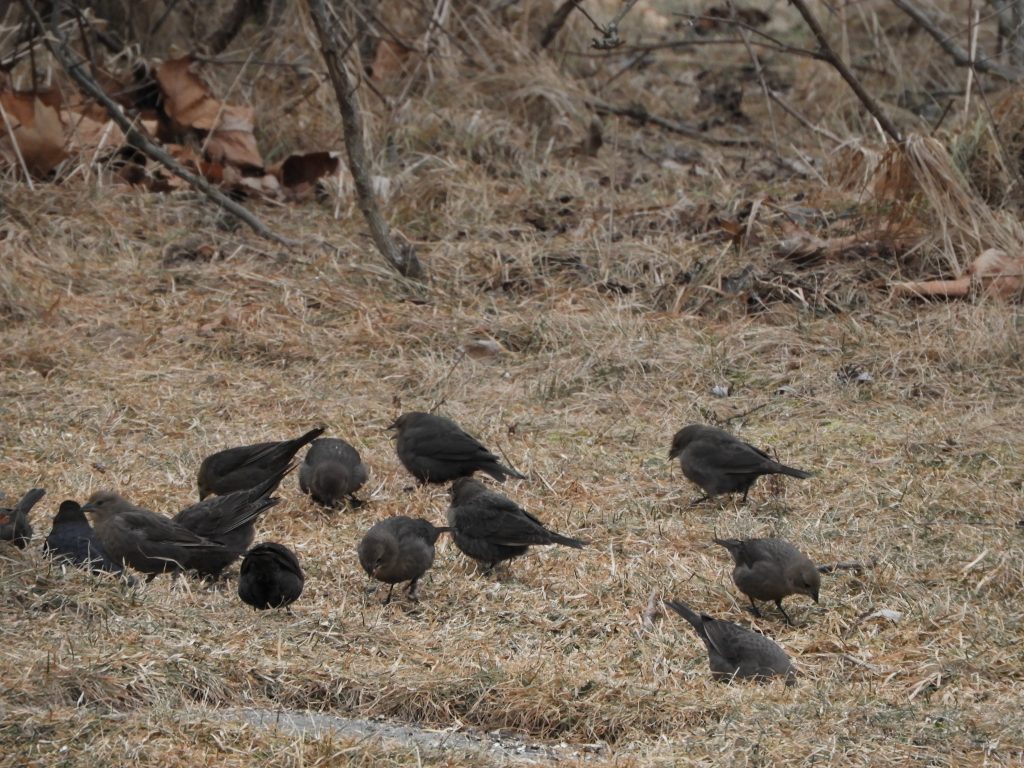
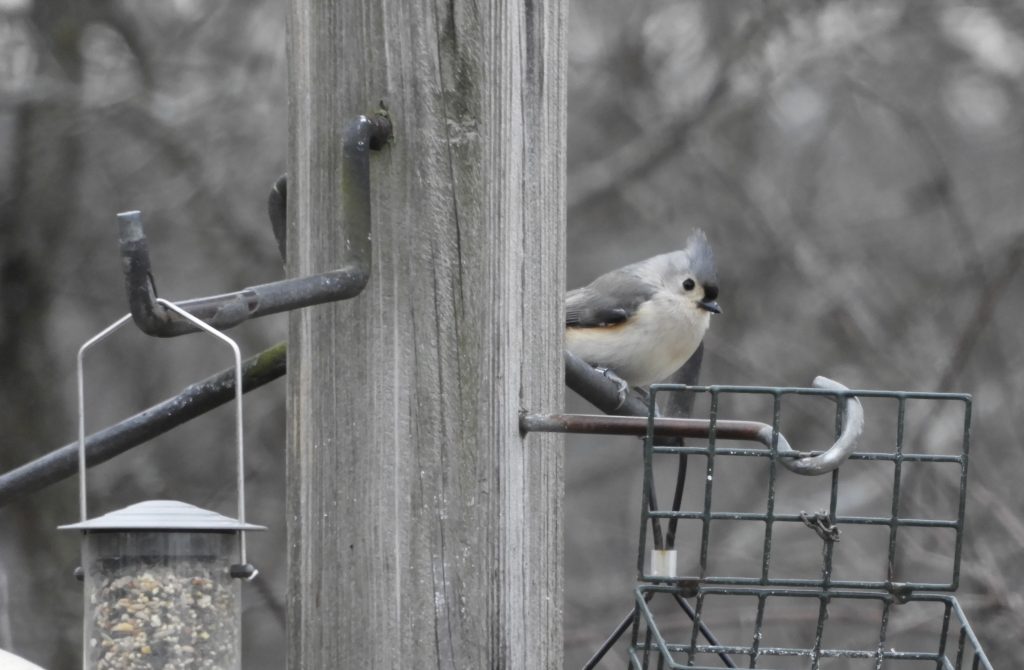
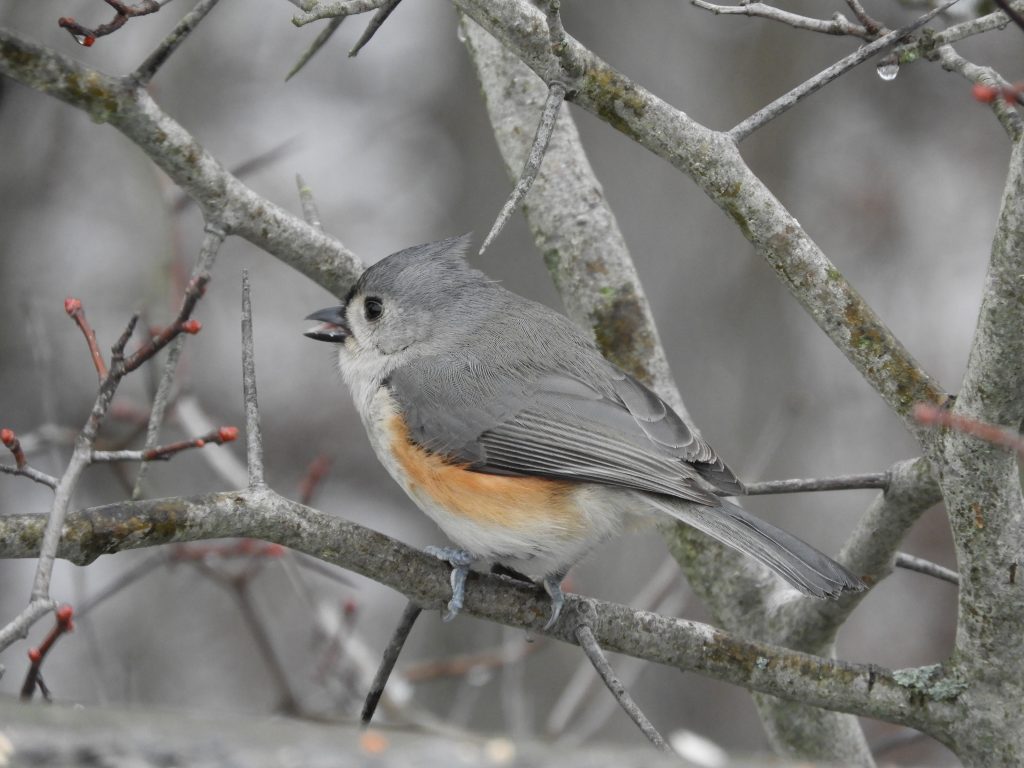
 RBG Arboretum, Hamilton. ON. December 21, 2024. I grew up not far from Stonehenge. They were simpler times and those stones were a reminder of prehistoric Britain and were said to have had something to do with priest figures called druids. If, back then, Stonehenge drew crowds of winter or summer solstice worshipers they were decidedly low-key events.
RBG Arboretum, Hamilton. ON. December 21, 2024. I grew up not far from Stonehenge. They were simpler times and those stones were a reminder of prehistoric Britain and were said to have had something to do with priest figures called druids. If, back then, Stonehenge drew crowds of winter or summer solstice worshipers they were decidedly low-key events.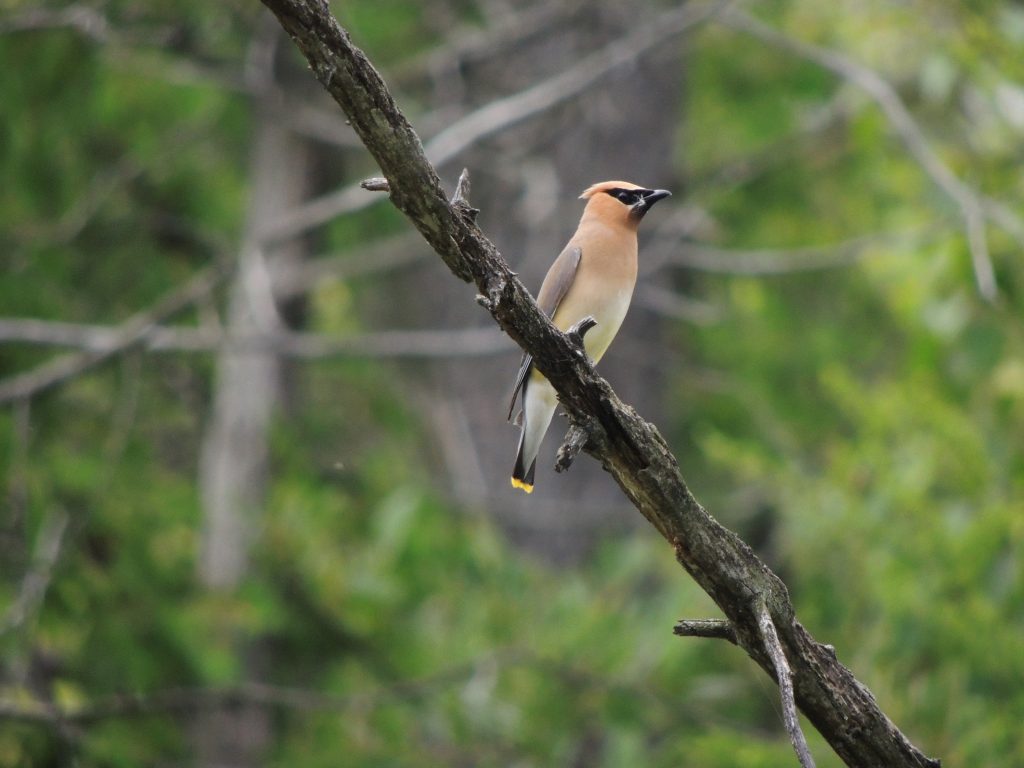
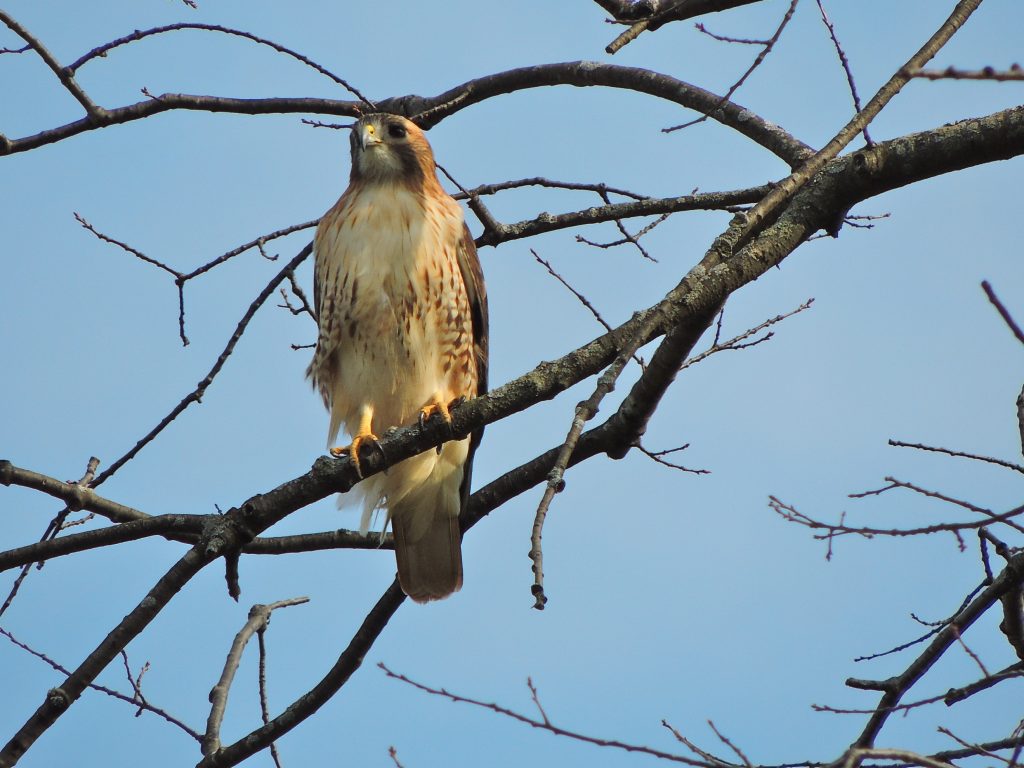
 RBG Hendrie Valley, Burlington. ON. November 7, 2024. With our fall transects complete, I walked the valley today hoping to sustain some sort of birding momentum. But it was slim pickings, we had seen the best of it and watched it drain away.
RBG Hendrie Valley, Burlington. ON. November 7, 2024. With our fall transects complete, I walked the valley today hoping to sustain some sort of birding momentum. But it was slim pickings, we had seen the best of it and watched it drain away.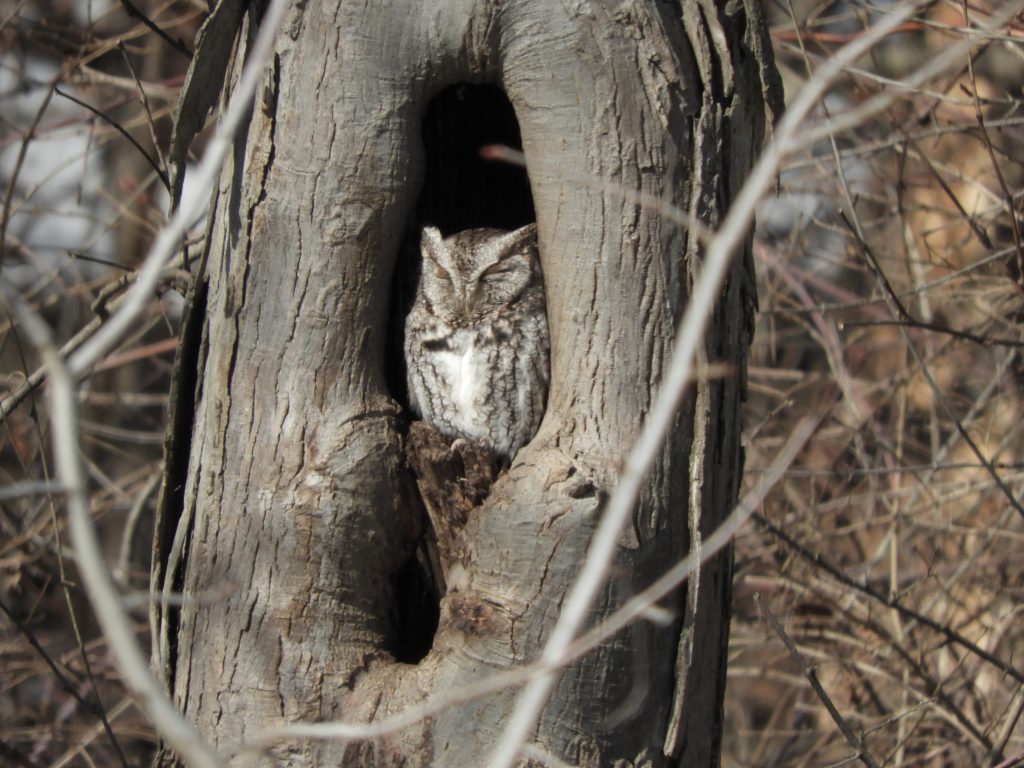 This Eastern Screech Owl should have satisfied me but we see it there half the time, so really not a surprise. We usually admire this same grey individual and have for several years, at least we assume it’s the same bird. We might go on making that assumption were it not for the fact that every now and then, a rufous look-alike takes its place. Like people, this species comes in different colours so no big mystery there but what it tells us is that at least two birds share the same roost. But on what terms? Are they siblings, a bonded pair, one at a time, or squeezing in together? With those questions unanswered I have to conceded that just seeing it is pretty special, although not the sort of special I was looking for today.
This Eastern Screech Owl should have satisfied me but we see it there half the time, so really not a surprise. We usually admire this same grey individual and have for several years, at least we assume it’s the same bird. We might go on making that assumption were it not for the fact that every now and then, a rufous look-alike takes its place. Like people, this species comes in different colours so no big mystery there but what it tells us is that at least two birds share the same roost. But on what terms? Are they siblings, a bonded pair, one at a time, or squeezing in together? With those questions unanswered I have to conceded that just seeing it is pretty special, although not the sort of special I was looking for today.